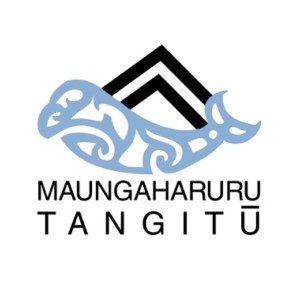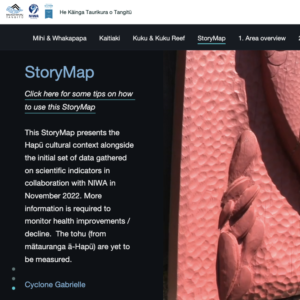Pānui from Hawke’s Bay Civil Defence:
BE PREPARED
Stay Sharp Hawke’s Bay – there is still the chance of a big earthquake, followed by a tsunami
The following information will assist you in planning for events.
BLUE CAPITALS are links to information which could help save a life.
Please share this information with staff, friends and family.
Know what you need to do, and what to tell family and friends:
Step 1 Know your risks. Know if a tsunami might affect you at home, school or work. Go to EVACUATION MAPS find your community & print a map.
Step 2 Make a PLAN. Talk to your family about what you’ll do, and where you will go, in the event of an emergency. BE READY
Step 3 Stay connected. Civil Defence is a community effort. Know your neighbours and community. Join the HB CDEM Community on FACEBOOK.
Step 4 Make a SECOND PLAN with your work colleagues, after all you may be working and not at home.
Step 5 Save www.hbemergency.govt.nz as a favourite for the latest information – in a crisis, information will change rapidly.
Step 6 SECURE YOUR HOME. Fix. Fasten. Don’t forget.
Everyone on New Zealand’s coastline needs to know that an earthquake is our natural warning – people should act without delay.
If a quake is ‘LONG or STRONG, GET GONE’ – don’t wait to be told, or to find information, or wait for a siren or someone to knock on your door.
Civil Defence Emergency Management (CDEM) will continue to lobby to improve systems, but nothing’s perfect.
Japan had 1300 years of experience with tsunami, with sophisticated tsunami warning systems in place when the 2011 Tohoku earthquake and tsunami happened.
People that survived acted when they felt the earthquake and evacuated to safe locations. Many died, who delayed or waited for information.
CDEM are here to help and provide information on social media/ website/ radio in an emergency as scientists and experts crunch the data. But taking action for yourself and your family is the most important message we can give you about tsunami risk.
It takes time to determine the scale of a tsunami threat and provide official information and warnings. In a ‘local source’ tsunami, there is just not enough time to guarantee this.
Questions and Answers:
· We were going to self-evacuate but there was no threat from the first quake – we went back to sleep.
We didn’t feel the 2nd earthquake which generated the tsunami & warning, what can we do?
Sign up for both GeoNet and NZ Red Cross Hazard apps – set them up to warn you of big quakes, and wake you up to respond.
Download the Geonet App – GEONET then you will know where quakes happen and what the risks are.
Download the NZ Red Cross Hazard App – RED X
· Haven’t we got tsunami sirens?
There are no early warning systems in New Zealand for local source tsunami.
Napier sirens are one component of the Public Alerting System, which means “Seek more information” – listen to the radio, go to websites or social media.
The siren part of Napier’s Public Alerting System may be used to alert Napier residents to ashfall, storms, or distant source tsunami (from Peru, Chile, etc.) – they are not ‘tsunami’ sirens.
Public mistakenly think that official warnings and sirens will give notice of a local-sourced tsunami – this is untrue. Please tell your friends and family to act, and not rely on a siren.
· In Japan, water went a long way inland. Are our evacuation zones safe?
GNS reviewed NZ tsunami risk after the Japan event, predicting a worst case of:
o 13.5 metres waves for Napier
o 12 metres for Wairoa
o 14.5 metres for Cape Kidnappers
o 15 metres for Blackhead.
Our evacuation zone maps are based on the above worst case scenarios.
The method Hawke’s Bay uses for setting our evacuation zones was cross checked in Japan after the 2011 event and was proven safe.
Aftershocks around Kaikoura will continue for some time. GNS Science say it is most likely these will decrease in frequency.
However, they still predict a 90% potential for aftershocks between 6.0 – 6.9 until early in the New Year.
The Hawke’s Bay M7.8 in 1931 was followed by a M7.3 two weeks later.
Be Ready for possible earthquakes over the coming days and weeks.
Know your risks and be prepared.
Any questions, contact your local Emergency Management Officer, or the Hawke’s Bay Civil Defence and Emergency Management Group.
|
Alan Daly Emergency Management Officer Hastings District Council 06 871 5083, 027 442 9124 |
Tim Allan Emergency Management Officer Wairoa District Council |
Graham Howse Emergency Management Officer Central Hawke’s Bay District Council
|
|
||||
|
Ian Macdonald HBCDEM Group Manager 06 871 5200
|
|
|||||||



